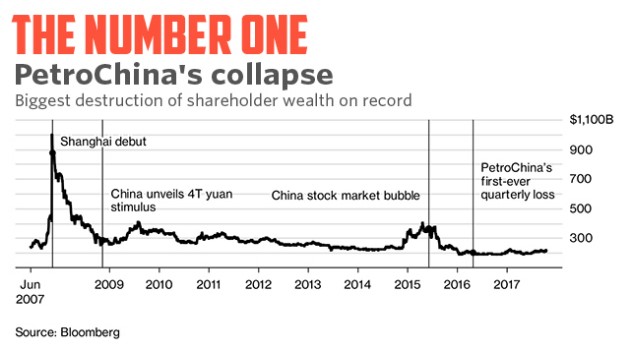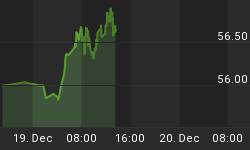It’s been a long time coming, but the wait has been well worth it. On Thursday July 2, 2018 at precisely 13.01hrs ET, Apple (NASDAQ:AAPL) achieved a major milestone that no other U.S. company has ever pulled off and becoming the first $1-trillion publicly listed U.S. company.
APPL stock achieved that remarkable feat in vigorous morning action that took the share price to $207.05.
It’s reassuring to note that this time the $1-trillion market cap claim is not an error or a hoax.
Yesterday, several news feed, including Apple’s own Stocks app, proudly displayed that the company had crossed the milestone. The error stemmed from the fact that the App pulls data from Yahoo Finance, which had failed to factor in Apple’s latest share buyback into the equation. Before Apple announced the buybacks, a stock price of just $204 would have sufficed to achieve the feat, but that climbed to $207.05 after the repurchases.

(Click to enlarge)
Strong Earnings
Apple investors can thank the company’s latest earnings report for that sprint.
Shares have rallied 10 percent since the company posted impressive Q2 2018 earnings two days ago. Investors were especially pleased by Apple’s topline, which had hit reverse gear a few quarters ago, but managed to expand a robust 17.4 percent year-over-year during the quarter with strong growth across revenue segments, including its legacy iPhone line and Services business.
Related: Trade War Reports Send Markets Spinning
The iPhone business is largely to credit for Apple’s meteoric rise over the past decade. In the year before the launch of the first iPhone in 2006, Apple generated a rather pedestrian net profit just shy of $2 billion on sales of less than $20 billion. That, of course, was during the Mac’s heyday.
By the end of last year, the company’s sales had multiplied 11-fold to $229 billion—4th highest in the S&P 500—while net income had ballooned at an even faster near-50x clip to reach $48.4 billion, making it the most profitable publicly-listed company in the U.S. The iPhone has, therefore, helped Apple grow in all the three metrics that really count—revenue, profits and margins.
But what’s really been exciting the market is the emergence of new fast-growing revenue category—Services. The segment comprises of revenue from Apple Music, App Store, iTunes et al . During the last quarter, the Services business brought in revenue of $9.55B (17.9 percent of total), ahead of the $9.2B consensus after growing an impressive 33 percent, nearly double the company’s overall growth. The business provides a great hedge against the uncertainty by the iPhone segment.
“The markets are starting to recognize the value of its platform and services more and more, and that’s what is being reflected in the increase in market capitalization,” Brad Neuman, Director of Market Strategy at New York-based Alger, a growth equity asset management firm, told Reuters.
Apple stock has been a standout performer since its 1980 IPO, with the stock having climbed 500x compared with 20x by the S&P 500 to-date. It’s interesting to note that even with a $1,000,000,000,000 stock market value, AAPL stock does not look expensive. Apple shares are trading at around 15 times expected earnings, making them look fairly cheap compared with Amazon’s with a valuation of 82x and Microsoft’s with a valuation of 25x expected earnings.
Apple Not First Trillion-Dollar Company In The World
It might also come as a surprise to some that Apple is not the first publicly-traded company in the world to breach the 13-figure mark. That honor goes to China’s oil giant, PetroChina, which achieved the feat in 2008.
Related: American Money Is Moving Abroad
It’s victory was, however, relatively short-lived—the shares sold of heavily shortly thereafter, wiping off nearly 80 percent from the market cap in the biggest stock slump and shareholder value destruction in world history.
There are five other state-owned corporations with a market value of more than a trillion dollars.

(Click to enlarge)
Source: MarketWatch
It’s a useful reminder of the finicky and brutal nature of stock markets, though of course similarities between the two companies end there.
By Alex Kimani for Safehaven.com
More Top Reads From Safehaven.com
















